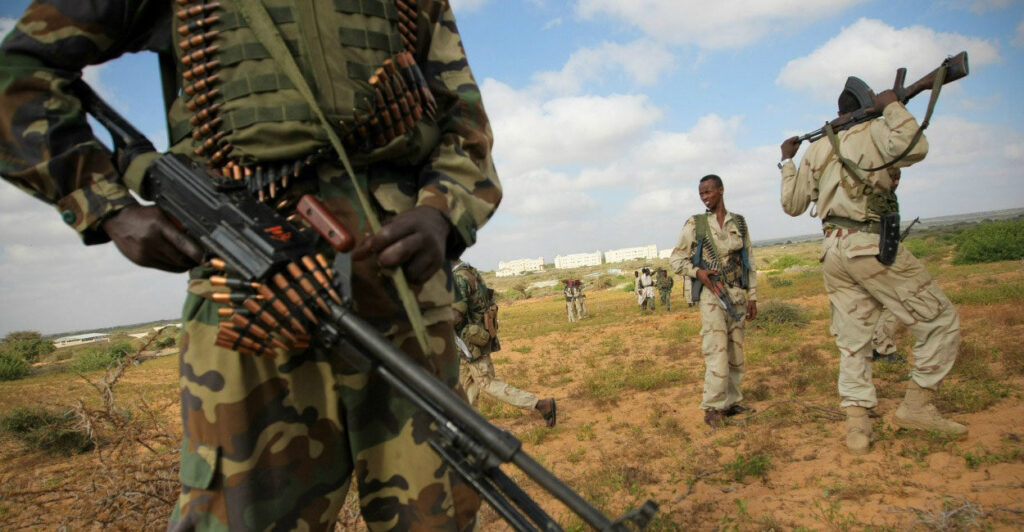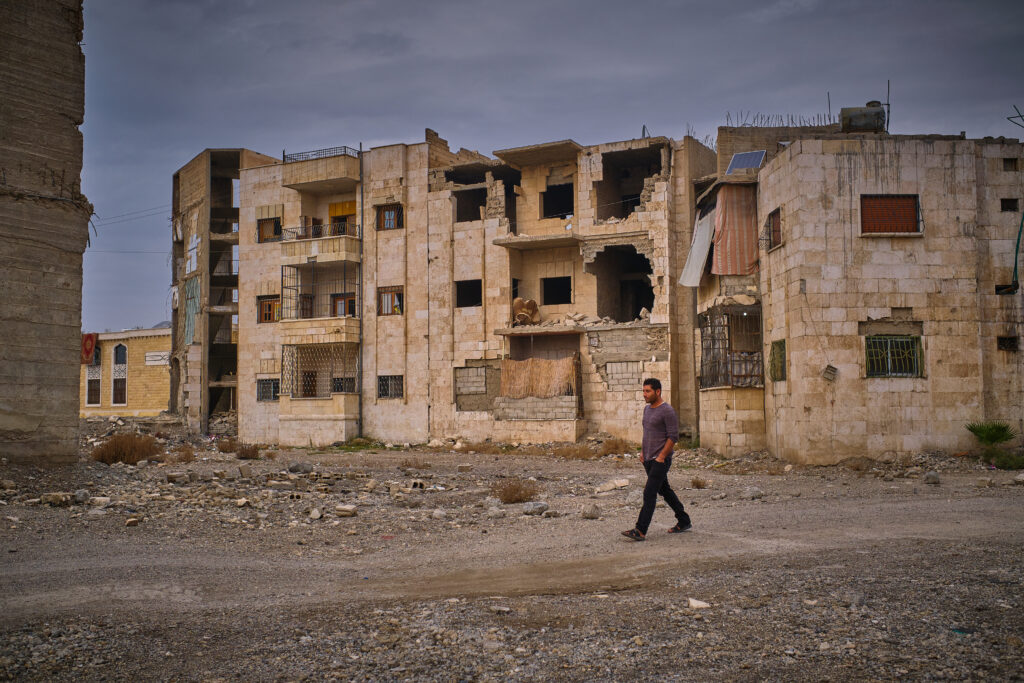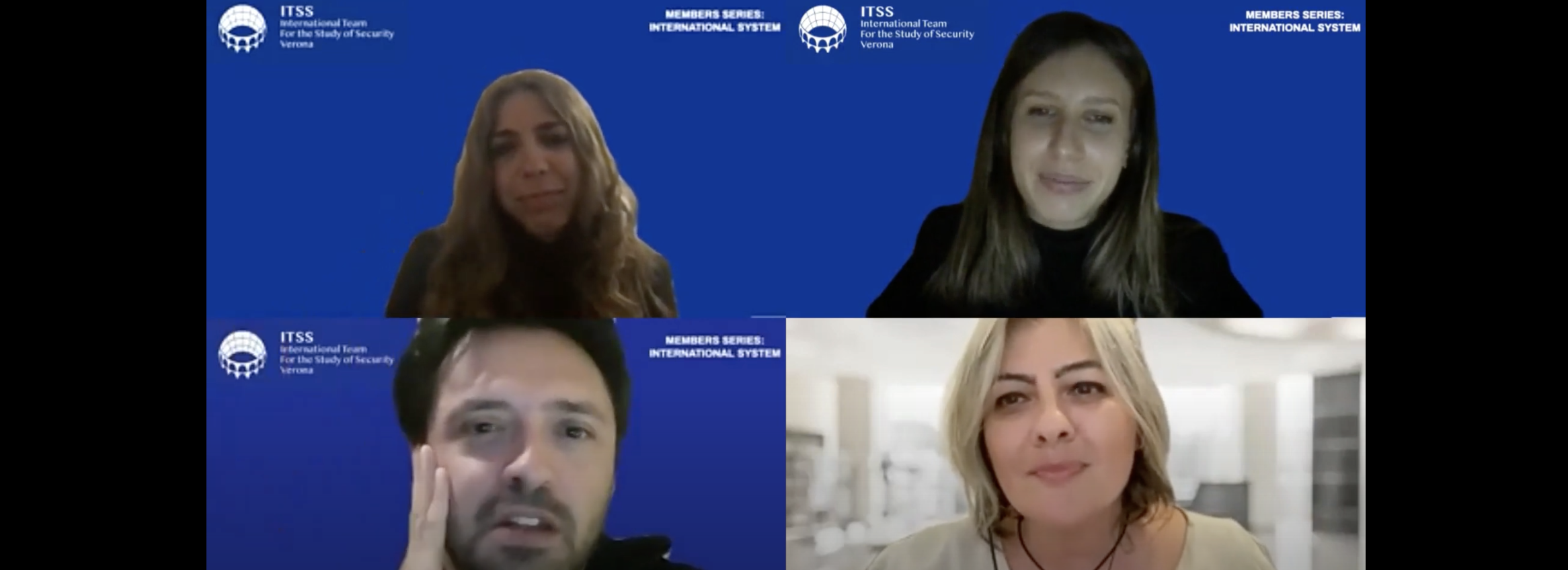A Comparative Analysis of the Cases of ISWAP and ASWJ in Nigeria and Mozambique
By Massimiliano Dosmo and Leonardo Pesci - Africa Team
Since its inception in 2014, the Islamic State in Syria and Iraq (ISIS) has become a transnational Jihadist movement whose ideology and practices inform insurgents’ strategies and objectives across the world. One after another, movements pledged allegiance to the Islamic State, elevating ISIS as a structuring force for many religious-based factions in Africa. This article investigates the proliferation of ISIS-affiliated groups on the continent, comparing how the Islamic State operates in Nigeria and Mozambique. Specifically, the article seeks to understand how the strategic, operational, governance, and ideological practices of ISIS affiliates converge - or diverge - from the ones of ISIS’s core group.
Origins and formation of the groups
Starting with the origins and group formation, the Islamic State West Africa Province (ISWAP) originated as a splinter faction of the Jihadist group Boko Haram, which was established in Maiduguri, Borno State, Nigeria, in 2002 by Muhammad Yusuf. After Mohammed Yusuf was killed in an unsuccessful uprising in 2009, the movement, under the new leadership of Abubakar Shekau, began an insurgency against the Nigerian government to create a Caliphate in the Lake Chad Basin area. In 2016, Boko Haram split into two groups: Jama'atu Ahlis Sunna Lidda'adati wal-Jihad (JAS), commanded by Abubakar Shekau, and ISWAP, led by Abu Musab al Barnawi. The separation was the outcome of internal disputes within Boko Haram that were brought on by some skepticism shown by ISIS's higher authority following Shekau's decision to break with Al-Qaeda and join ISIS. This skepticism was given by the fact that, although Shekau had been designated as Waly (leader) of ISWAP and had pledged his loyalty to ISIS, his leadership skills and doctrinal beliefs were a major source of worry for Al-Baghdadi. These worries were subsequently confirmed when Al-Baghdadi received grievance letters from Shekau's subordinates. Specifically, Shekau was accused of being too violent against the Muslim population, using indiscriminate violence against them, which represented an ideological clash with the ISIS view. This resulted in Al-Baghdadi's decision to not trust Shekau as the legitimate leader of ISWAP. From ISWAP’s inception, it is evident how ISIS actively influenced the group’s leadership due to an ideological clash with the previous leader.
On the other hand, Ansar al-Sunna, also known as al-Sunna wal-Jamaat’s (ASWJ), history in Mozambique can be traced to 2015, when the group started as a religious organisation in Mocimboa da Pria, one of the districts of Cabo Delgado Province in northern Mozambique. It emerged as an armed group in 2017, taking advantage of socio-economic issues such as widespread poverty, the exclusion of Muslim populations, and official indifference. In 2019, it started operating under the umbrella of the Islamic State Central Africa Province (ISCAP), which also included the Islamic State’s affiliate in the Democratic Republic of Congo (DRC), and joined ISIS, having previously adhered to Salafi-jihadist theology. The primary connections between ASWJ and ISIS are the ideological foundation, based on Salafi-jihadism, and promotional backing. However, it has much autonomy compared to more disciplined ISIS branches. Despite adopting ISIS's rhetoric on the establishment of an Islamic caliphate, its operational framework and governance are representative of the local reality. While ASWJ employs ISIS-style recruitment tactics, such as appealing to local concerns, it does not adopt the organisational rigor that ISIS has previously enforced on its branches.
Territoriality, governance and engagement with the population
A crucial element of this analysis is the territoriality, governance, and engagement strategies that the two groups employ. ISWAP takes on a methodical approach to administration, drawing inspiration from the administrative framework of ISIS. The organization manages commercial activity, collects taxes, and offers a few social services, including food distribution and dispute resolution. In contrast to Boko Haram's previous indiscriminate cruelty, ISWAP has immediately tried to gain local support by presenting itself as an alternative to the Nigerian government. Its governance model, aimed at winning the hearts and minds of the local population, has allowed ISWAP to sustain its insurgency and maintain control over key territory surrounding Lake Chad. ISWAP's governance structure is one area where ISIS has a direct influence. Similar to ISIS, ISWAP uses a structured governance model, establishing a Sharia-law-based judicial hierarchy, designating governors for captured areas, and implementing financial measures to support its operations. ISWAP’s success in controlling the area demonstrates ISIS's preference for long-term administration as opposed to just gaining territory. Its capacity to offer services, including agricultural help and medical assistance, stands in stark contrast to the Nigerian government's neglect of rural communities.
In contrast, ASWJ’s governance approach is less structured. Although it has exercised authority over certain parts of Cabo Delgado, it lacks a strong administrative framework. While they struggle to deliver basic services, the organisation enforces Sharia rule in conquered territory. Instead of using organised taxation, it engages in extortion and looting, and it frequently has coercive relationships with the local population. This lack of structured governance has hindered its ability to maintain sustained legitimacy among people. For these reasons, ASWJ’s governance is severely hampered by its excessive reliance on external funding and illicit activities, such as drugs and rubies smuggling. Consequently, unlike ASWJ, ISWAP has developed a more structured logistical network, securing a steady supply of weapons, food, and fuel directly from ISIS. It has also integrated foreign fighters into its ranks, benefiting from training provided by ISIS operatives in the region. ASWJ’s patchy and fluctuating implementation of Islamic governance initiatives, combined with its leadership’s short-term strategic objectives, has made long-term territorial control more challenging. This has prevented ISIS from fully sustaining the group’s operations, unlike in the case of ISWAP.
Funding Activities and Financial Revenues
The current analysis cannot overlook the financial and fundraising practices of ISWAP and ASWJ within their respective contexts. Despite the notorious difficulty in pinpointing direct financial connections, there are nonetheless converging similarities between ISIS, ISWAP, and ASWJ’s fundraising practices. ISIS’s core group in Syria and Iraq has largely benefitted from a different range of revenue sources. These included oil extraction and trade, taxation, lootings, robberies, kidnapping for ransom, extortion of local communities, and tariffs on import/export within their territories. Additionally, private donors and international fundraising networks generated a substantial part of ISIS's financial revenues.
While tracing direct financial links between ISIS’s core leadership and its Mozambican affiliate remains speculative due to limited evidence, the same cannot be said for ISWAP. During the first years of activities, ISIS's financial support was instrumental to the group's territorial and logistic affirmation. Evidence demonstrates ties between ISIS and ISWAP consisting of regular triangulations of money - up to USD 782.000 between 2015 and 2016. On the other hand, the closer engagement with local communities allowed the group to impose Zakat, a taxation system representing one of the primary sources of financial entrances. Leveraging the Quranic obligation, the group legitimises its authority in collecting taxes from private and business communities including farmers, traders, and fishermen. The practice avoided predatory actions characterising other Nigerian groups such as Boko Haram and JAS, creating patterns of predictability within communities. Despite this, ISWAP’s financial system is anyway reliant on the ransoms of local elites and international workers.
On the other hand, ASWJ's economic sustainment seems primarily reliant on illegal local trade and local and external donations. The region has historically represented a notorious hotspot of illicit trafficking and smuggling routes. The centrality of the port of Mocímboa da Praia elevates Cabo Delgado as a central hub for insurgents to trade and contraband goods, including timber, charcoal, rubies, and ivory. Notably, drug trafficking of heroin and methamphetamines from South Asia has become one of their main sources of income. A substantial part of ASWJ's financial entrances arises from local entrepreneurs demanding protections, as well as taxed loans borrowed to small businesses. While the above-mentioned appeared as the main financial revenues of the group, alternative fundraising activities confirm the tendency to rely on kidnapping for ransoms and the participation in human and organ trafficking routes of the Horn of Africa. Finally, although financial connections between ASWJ and ISIS are not sustained by verifiable evidence, it is nonetheless conceivable that links between the group and external funders from smaller ISIS cells in South Africa around the continent exist.

Group’s Objectives and Evolutions
Despite initial analogies, Nigerian and Mozambican territorial dynamics, logistical capacities, and counter-insurgency strategies have not only differentiated the evolutions of the groups but also their ideological and practical closeness to ISIS.
Both groups started with low-profile activities. Between 2015 and 2017, ASWJ was mainly composed of religious leaders, managing religious spaces and spreading Salafist doctrines, delegitimising secular institutions and state law. Similarly, ISWAP’s first steps in 2016-2018 are defined as the “consolidation” phase, characterised by a few activities and attempts of the group to define themselves from Boko Haram.
Between 2019 and 2021, both groups pledged allegiance and received formal recognition from the Islamic State’s core group, simultaneously intensifying the violence and frequency of attacks. ASWJ expanded its territorial presence to the four main coastal districts of Cabo Delgado. Approximately 16–20 monthly attacks targeted cargo transports, contractors, and security forces, spreading in neighboring Tanzania. ISWAP structured its internal composition, expanded its territorial control, and improved its engagement with the population acquiring notable legitimacy. The incursions remained targeted towards Nigerian security forces and military bases expanding to international workers and organisations in rural areas around the Lake Chad Basin.
With opposed outcomes, 2021 represented a turning tide for two groups, directly reflected in their relation and closeness to ISIS. Mozambican counter-insurgency strategy included contractors and international interventions to recapture major urban centers. Militants were forced to change their strategies, the number of attacks decreased, and tactics shifted to guerrilla actions, targeting civilians in smaller and rural villages. Meanwhile, ISWAP reinforced its bureaucratic organisation, and expanded its numerical basis, and territorial control, benefitting from the Sambisa offensive and the killing of JAS leader Shekau. Its territorial presence spilled over the Lake Chad Region, and at least 10 other Nigerian states.
Therefore, while pledging allegiance to ISIS brought both groups under the broader Islamic State umbrella, they did not necessarily adopt ISIS’s ideological and strategic framework. While ISWAP followed ISIS’s structured governance and military strategy, ASWJ opted for a more localised approach adapted to the Mozambican context. Its affiliation with ISIS provided it with branding, logistical, and financial support, but it did not transform ASWJ into a fully ISIS-controlled entity.
Conclusion
All in all, the overall structure and actions of the two ASWJ and SWAP reflect a varying degree of convergence from ISIS's core ideology. While the closer relationship between ISIS and ISWAP has informed the evolution of the latter, the looser approach toward ASWJ is enshrined in the group's relatively independent actions. However, it is important to notice how in both cases the groups still showed, even if in a different manner, a high degree of independence in the choice of their local strategy due to the different nature of the socio-political context of their territories, toward the application of ISIS core ideology.





